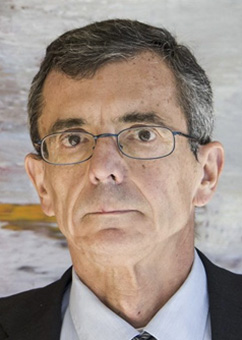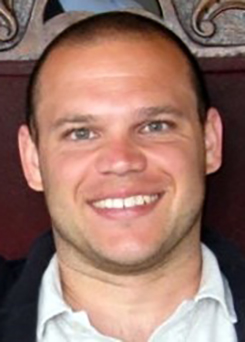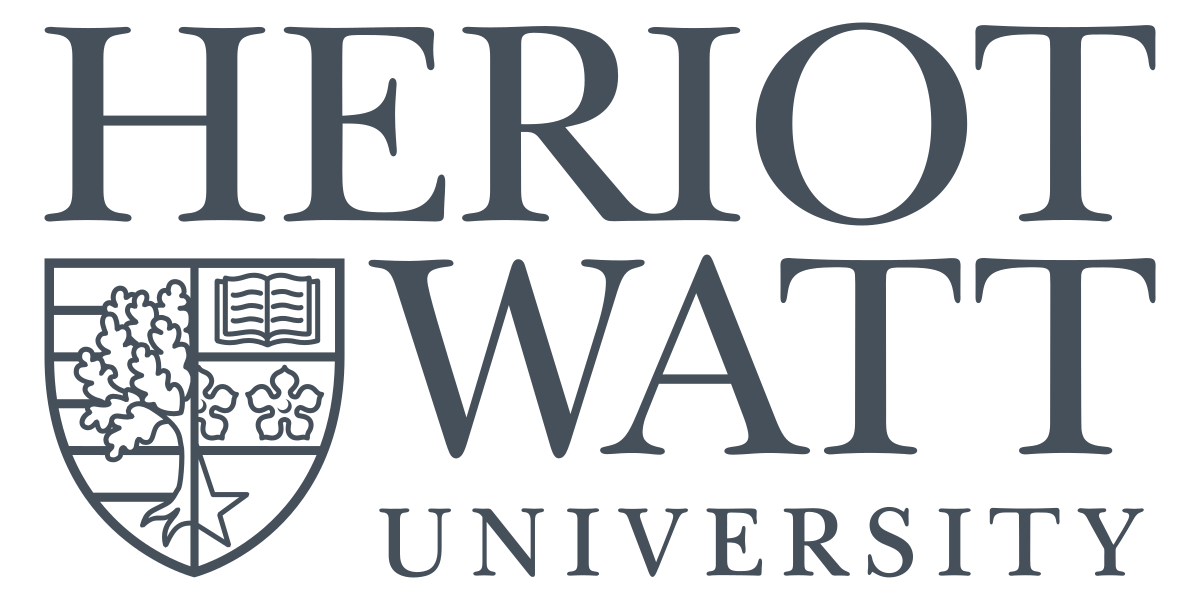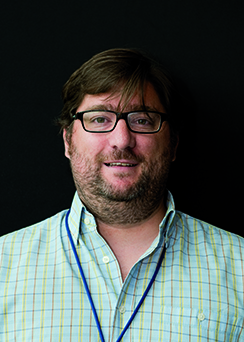
4th Seminar «Frontiers in Moiré Semiconductor Photonics»
The unique physical properties of two-dimensional materials, combined with the ability to stack unlimited combinations of atomic layers with arbitrary crystal angle, has unlocked a new paradigm in designer quantum materials. For example, when two different monolayers are brought into contact to form a heterobilayer, the electronic interaction between the two layers results in a spatially periodic potential-energy landscape: the moiré superlattice. The moiré superlattice can create flat bands and quench the kinetic energy of electrons, giving rise to strongly correlated electron systems. Further, single particle wave packets can be trapped in the moiré potential pockets with three-fold symmetry to form ‘quantum dots’ which can emit single photons. Here I will introduce and survey the state-of-the-art in the physics of moiré superlattices made by stacking two layers of transition metal dichalcogenide semiconductors together with a slight twist, with a focus on strongly correlated electronic systems and quantum dots. Finally, I will provide a perspective on the opportunities that lie ahead in this rich system.
Speakers

Prof. Francisco Guinea
Presentation
Francisco Guinea obtained his BSc (1975) in Physics from the Universidad Complutense de Madrid, and the Phd at the Universidad Autónoma de Madrid (1980). He obtained a Fullbright Fellowship and worked at the University of California, Santa Barbara (1982-1984). He became Assistant Professor at the Universidad Autónoma de Madrid in 1985 and Senior Researcher at the CSIC in 1987. F. G. has published > 400 articles, with an h-index of 75. He has received a number of awards, including the biannual National Prize for Physics (Spain) and the Gold Medal of the Spanish Physical Society. He is member of the USA National Academy of Sciences.


Prof. Brian D. Gerardot
Guest Speaker
Institute for Photonics and Quantum Sciences,
Heriot-Watt University, Edinburgh, UK
https://qpl.eps.hw.ac.uk/
Professor Brian Gerardot holds a Chair in Emerging Technology from the Royal Academy of Engineering and leads the Quantum Photonics Lab at Heriot-Watt University in Edinburgh, Scotland. His research, at the interface of quantum optics, condensed-matter physics, and materials science, aims to engineer and controllably manipulate quantum states in semiconductor devices, in particular with III-V quantum dots and van der Waals heterostructure devices. Brian obtained a BS from Purdue University and a PhD in Materials Science from UC Santa Barbara.


Prof. Daniel Granados
Q&A Moderator
In September 2009 he joined IMDEA Nanoscience. Currently he is leader of the Quantum nanoDevices Group and Executive Director of Scientific Infrastructures, including the Centre for Micro and Nanofabrication.

